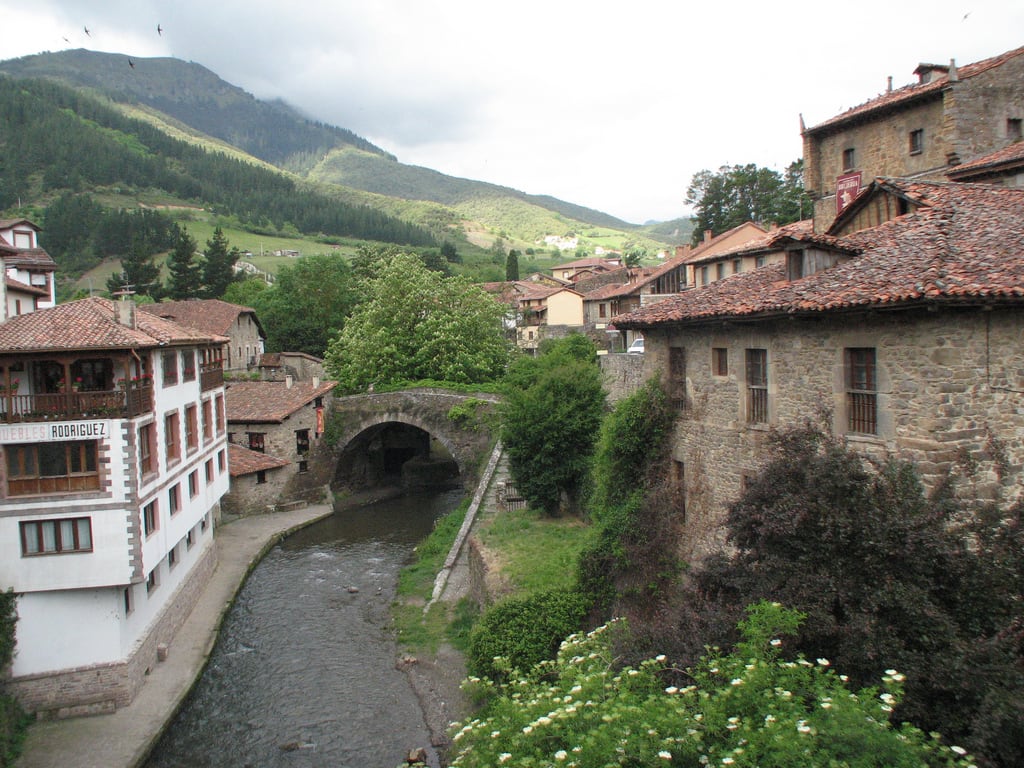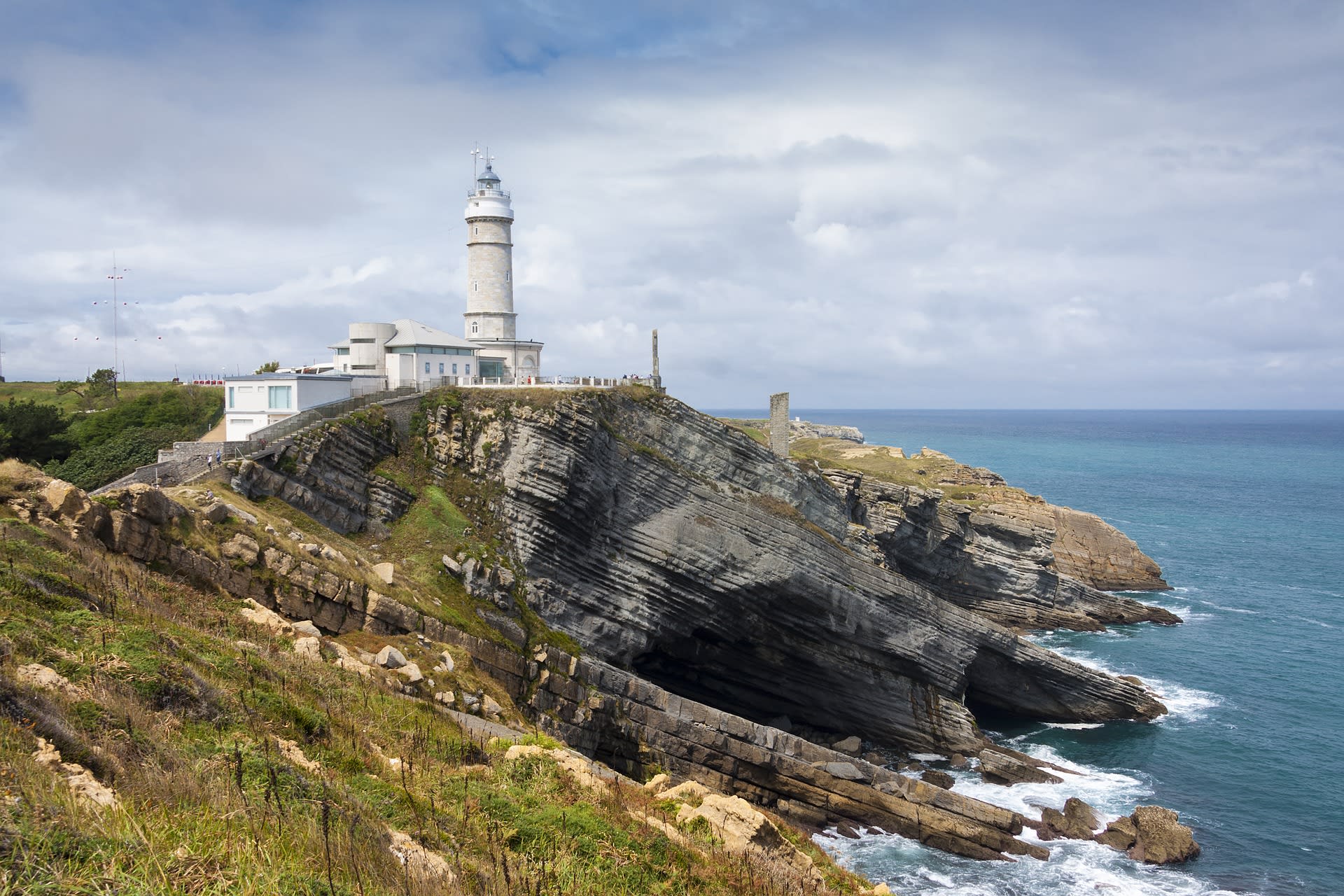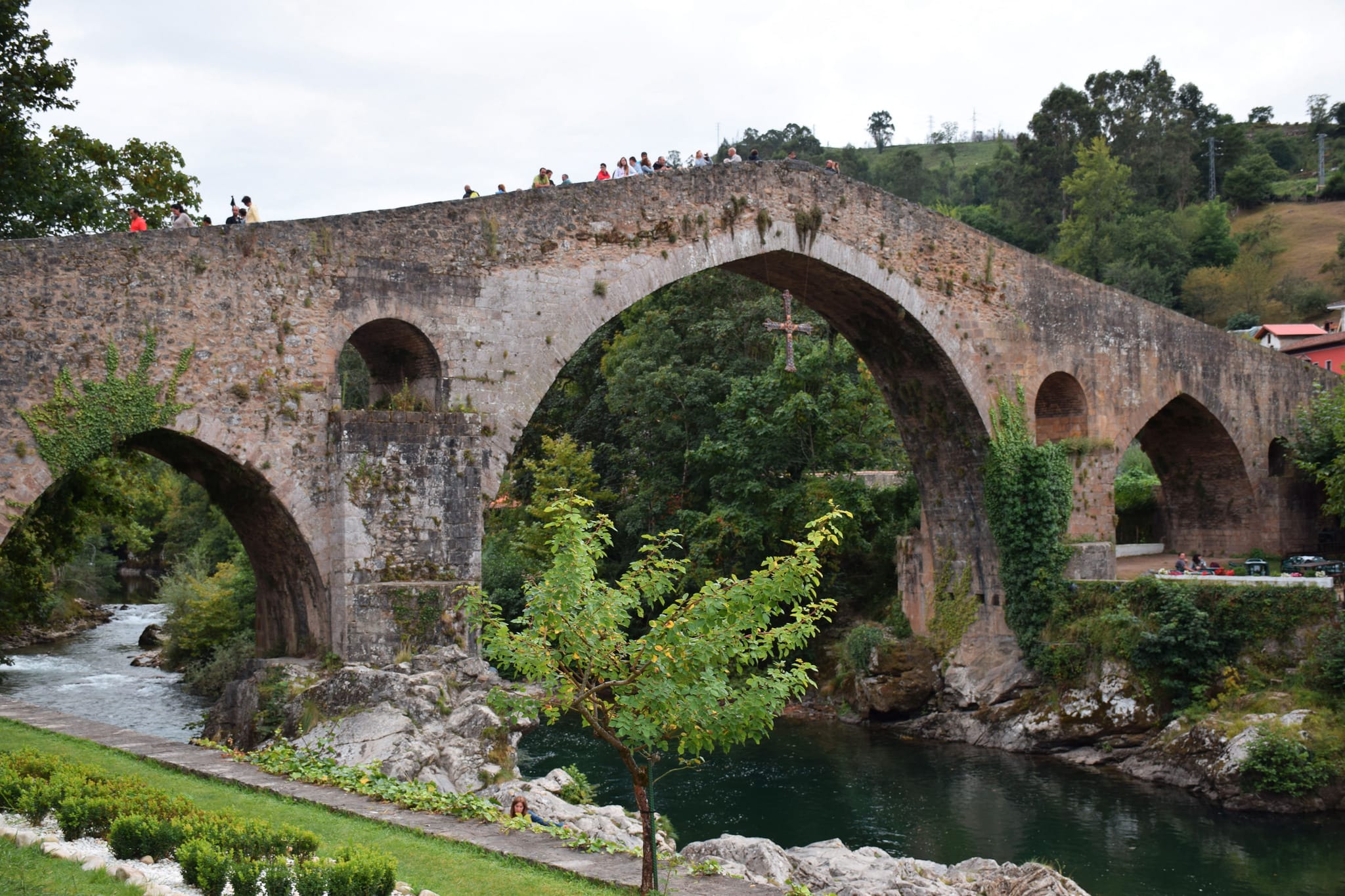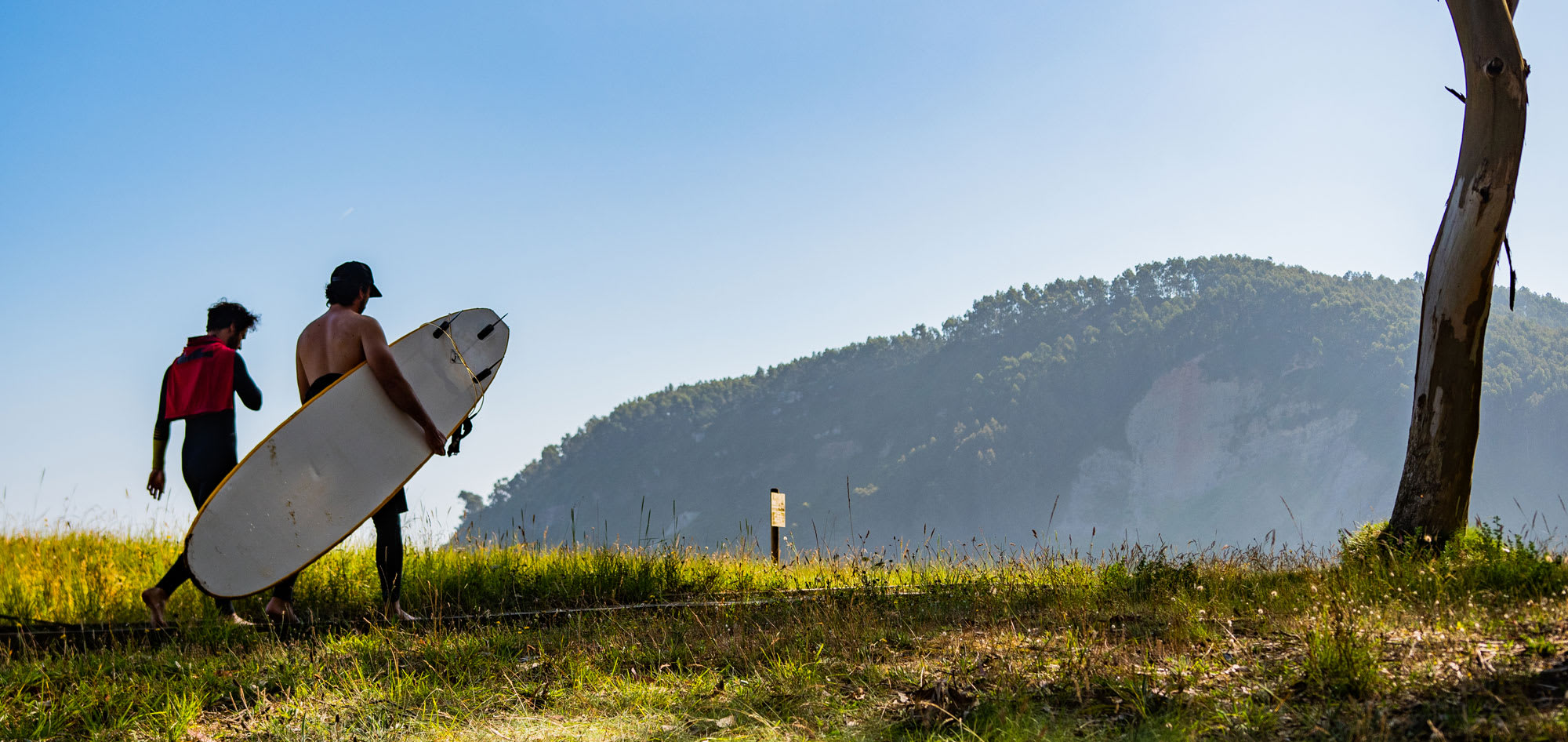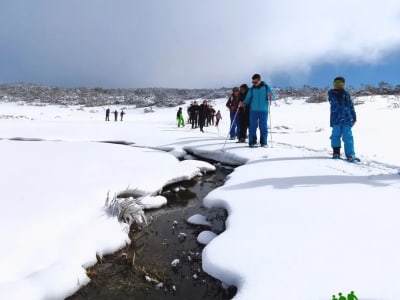
The best outdoor activities in Asturias
All our activities in Asturias


Cuasacas canyoning excursion in Proaza, near Oviedo
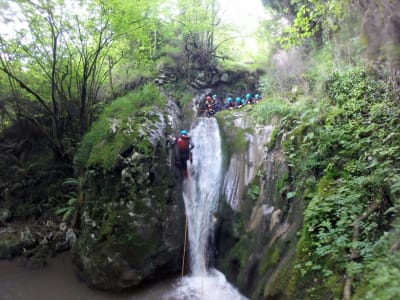
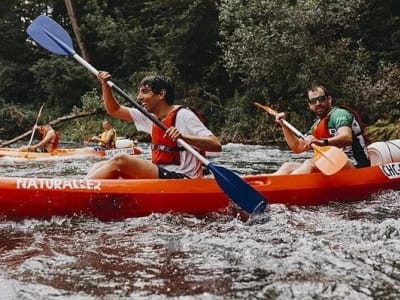
Kayaking on the Nalon river, Asturias

Snowshoeing route to the summit of Cuitu Negro to watch the sunset in Asturias
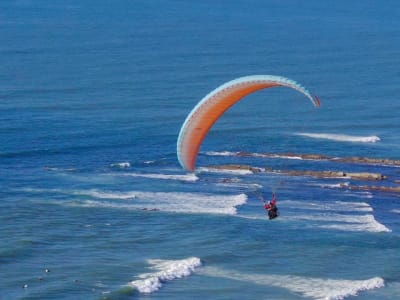
Tandem paragliding flight from La Colina, Gijón
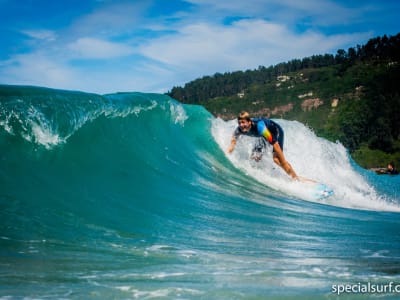


Snowshoeing routes to Pico Torres and Pico Ausente
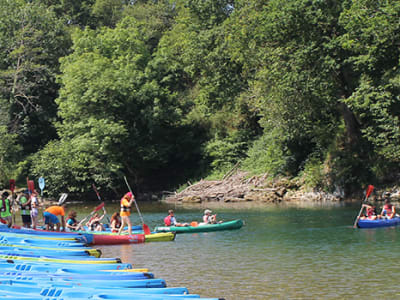
Kayaking on the Sella River from Cangas de Onis, Asturias
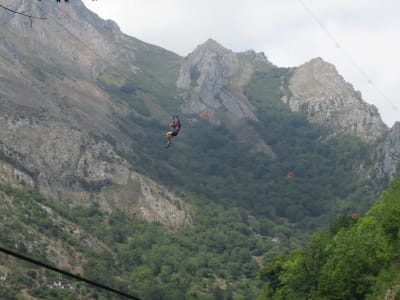
Ziplining circuits in Ponga Natural Park
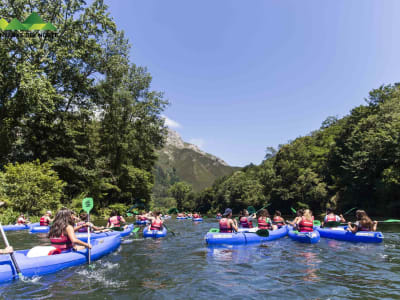
Canoeing down the Sella River from Ribadesella


Cuasacas canyoning excursion in Proaza, near Oviedo

Canyoning in Cascadas de Buanga near Oviedo

Kayaking on the Nalon river, Asturias

Snowshoeing route to the summit of Cuitu Negro to watch the sunset in Asturias

Tandem paragliding flight from La Colina, Gijón

Surfing Lesson in Playa de Rodiles near Gijón, Asturias

Surf lessons in Playa de Frejulfe, Asturias

Snowshoeing routes to Pico Torres and Pico Ausente

Kayaking on the Sella River from Cangas de Onis, Asturias

Ziplining circuits in Ponga Natural Park

Canoeing down the Sella River from Ribadesella
Discover Asturias: Spain’s Wild Green Paradise for Outdoor Adventures
Tucked between the Cantabrian Mountains and the Bay of Biscay, Asturias is one of Spain’s best-kept secrets. Known for its lush landscapes, dramatic coastline, and rugged peaks, this region offers a refreshing escape from the usual tourist trails. Whether you're drawn by the jagged ridges of the Picos de Europa or the quiet fishing villages along the Costa Verde, visiting Asturias promises a deep connection with nature, culture, and adventure.
For those looking to discover Asturias beyond the postcard views, its wild terrain and coastal beauty create a playground for unforgettable outdoor experiences. If you’re wondering what to do in Asturias, prepare to explore everything from canyoning through deep gorges to surfing Atlantic waves and hiking mountain trails with panoramic sea views.
Top Outdoor Activities in Asturias
Canyoning in the Picos de Europa
The Picos de Europa National Park is a jewel for outdoor adventurers. With its limestone gorges, cascading rivers and hidden pools, it's a prime destination for canyoning in Asturias. From beginner-friendly descents to technical routes, it’s the perfect mix of adrenaline and natural beauty. The Cares and Beyos gorges are particularly popular, combining clear waters with thrilling rappels and jumps.
Hiking and Trekking in the Mountains
If you're into hiking, the Picos de Europa and the Somiedo Natural Park offer some of the most scenic trails in northern Spain. Routes like the Cares Gorge (Ruta del Cares) wind through deep valleys with cliffs towering above. You’ll also find high-altitude routes with panoramic views and wildlife sightings, including the elusive Cantabrian brown bear.
Surfing and Sea Kayaking on the Costa Verde
The northern coast of Asturias is a haven for water sports. Beaches like Playa de Rodiles, Salinas and Tapia de Casariego are known for consistent surf breaks ideal for beginners and advanced surfers alike. Sea kayaking along the cliffs and caves near Llanes or Ribadesella offers a more tranquil way to explore the wild coast.
Caving and Speleology in the Subterranean World
For something unique, explore the underground wonders of Asturias. The region is rich in limestone caves, perfect for guided caving expeditions. Highlights include the Cueva de Pando and the Cuevona de Ardines, where you can marvel at ancient geological formations and even prehistoric art in some locations.
Paragliding and Scenic Flights
Experience Asturias from above with a paragliding flight over the mountains or coastline. Launch points near the coast, like in Gijón or Luarca, offer incredible views of both sea and forested slopes. On clear days, you can spot the Picos in one direction and the Atlantic in the other, a breathtaking way to see the region.
Local Tips for Outdoor Enthusiasts
Asturias is ideal for those seeking active holidays, but it’s also important to be prepared. The weather can change quickly in the mountains, so pack layers, waterproofs, and proper footwear. For water activities, wetsuits are usually provided, but bring swimwear and towels.
Many outdoor routes pass through traditional villages, so take time to enjoy local cider (sidra), cheese like Cabrales, and hearty mountain cuisine. Be respectful of natural areas, as many are part of protected parks. Hiring local guides can enhance your safety and deepen your experience, especially for canyoning or caving.
Wild camping is not permitted in most areas, but there are plenty of rural lodges and eco-friendly stays that blend comfort with nature. Asturias is proud of its green credentials, with a strong emphasis on sustainability in tourism.
Best Time to Visit Asturias
Asturias is beautiful year-round, but each season brings its own charm. Spring and summer (May to September) offer the most stable weather for outdoor activities, with green landscapes and comfortable temperatures ranging from 18°C to 25°C.
Autumn is perfect for hiking, with golden forests and fewer crowds. It’s also when the region hosts many local festivals. Winter can be wet along the coast, but the mountains often see snow, ideal for snowshoeing or exploring quiet trails.
If you're planning to surf or enjoy river sports, check conditions in advance. Some rivers are seasonal, and sea conditions can vary, but this also makes each visit exciting and different.
How to Get to Asturias
Asturias is easily accessible by road, rail, or air. The region’s main airport is Asturias Airport (OVD) near Avilés, offering connections from Madrid, Barcelona, and several European cities.
From Madrid, you can drive to Oviedo in around 4.5 hours via the A-66 motorway or take a direct train with Renfe, which takes approximately 5 hours. Buses also connect major cities like León, Bilbao and Santander with Asturias, making it a flexible destination even without a car.
For those coming from northern Spain, the scenic coastal train (FEVE) is a unique and relaxing way to discover Asturias at a slower pace, especially between Gijón, Llanes, and Ribadesella.
Whether you’re drawn to hidden mountain villages, turquoise rivers, or wild coastal cliffs, visiting Asturias offers an unforgettable blend of nature and adventure. It’s a place where you can slow down, reconnect with the outdoors, and find some of the top outdoor experiences in Spain, all far from the crowds.
Customer feedback on Asturias
You're in good hands with Manawa.
We are dedicated to make your outdoor activities extraordinary. Benefit from expert advice, friendly service, and live unforgettable moments with Manawa.
